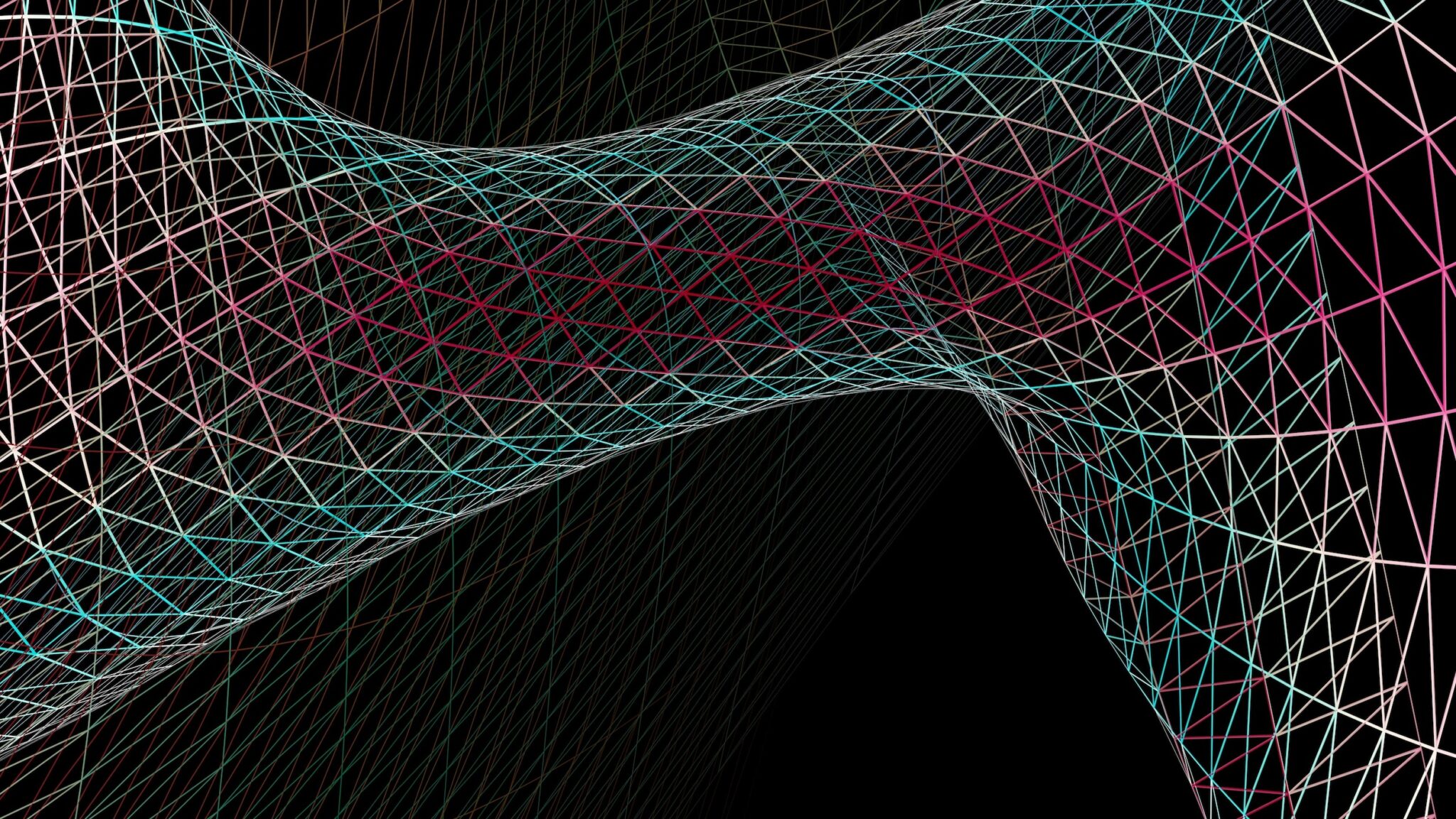
The Inversion Logic Framework: How AI Reduces Diagnostic Uncertainty
Inside the patented reasoning engine that transforms medical decision-making.
1. Introduction — Intelligence with Purpose
Long before “AI” became synonymous with large language models, BraineHealth AB and founder Roger Svensson were building something different — an AI system that could think like a doctor, not just calculate like a machine.
The result was Diagnosio, a patented reasoning framework (U.S. Patent 11,908,579 B2) that doesn’t predict a diagnosis — it determines the next most informative step.
This inversion-based approach now forms the core of Humipedia’s AI philosophy:
reduce diagnostic uncertainty first — accuracy follows.
2. The Core Idea — Diagnostic Inversion
Traditional AI starts with symptoms and tries to guess the diagnosis.
BraineHealth’s system inverts that logic entirely.
The Inversion Logic Framework evaluates every possible next action — a question, a test, or an observation — and selects the one that would most effectively reduce uncertainty in the current reasoning chain.
This process transforms diagnostic thinking from:
Symtom -> Probable Diagnosis
into:
Uncertainty -> Optimal Next Measurement
Medicine is not only about answers — it’s about asking the right question at the right time.
3. Scientific Roots — From KTH to Clinical Reality
The framework was validated through joint research with the KTH Royal Institute of Technology in Stockholm.
Using simulated patient datasets covering 20,000+ cases, 6,000 diagnoses, and 200,000 variables, the algorithm achieved up to 99% accuracy in structured reasoning validation.
These results confirmed that the system’s core strength wasn’t brute-force computation, but intelligent search optimization — a new form of diagnostic reasoning where uncertainty drives exploration rather than confusion.
In 2024, BraineHealth secured full U.S. patent protection, marking a milestone in explainable healthcare AI.
4. From Algorithm to Application — Building Reasoning Engines
The patented framework now powers the development of Humipedia’s AI ecosystem, which includes:
-
Conversational reasoning layers (AI Experts such as Humipedia Doc and Longevity).
-
Decision-optimization logic based on inversion mathematics.
-
Cross-domain R&D integration through Visionama and Djuripedia, enabling feedback across human and animal health models.
Together, these components form a unified AI Framework for Healthcare Reasoning, designed to evolve from dialogue to data-driven decision support.
5. How It Works in Practice
When a clinician or user presents a case, the AI applies inversion reasoning in four steps:
-
Context Formation – Summarizes relevant data (history, test results, risk factors).
-
Uncertainty Mapping – Identifies where knowledge gaps exist.
-
Action Prioritization – Suggests which measurement or question best reduces that uncertainty.
-
Iterative Refinement – Repeats until diagnostic confidence reaches a defined threshold.
Each cycle reduces complexity and clarifies reasoning — transforming raw data into a transparent, traceable process.
It’s not prediction — it’s precision reasoning.
6. Multi-Model Orchestration
While the patent defines the mathematical structure of diagnostic optimization, Humipedia’s practical AI environment uses multi-LLM orchestration — combining the logic layer with state-of-the-art language models like GPT-5, Gemini, and Grok.
Each model contributes its strengths:
-
GPT for structured reasoning and clinical syntax
-
Gemini for multimodal understanding (text + image + numeric)
-
Grok for abstract and heuristic reasoning
The orchestration layer blends their outputs through Humipedia’s logic middleware, ensuring consistency and minimizing bias — a multi-mind collaboration for modern diagnostics.
7. Market Readiness and Future Collaboration
The Diagnosio patent is now open for licensing and research partnerships via Vibrant IP, with applications extending far beyond healthcare — from engineering and cybersecurity to financial risk modeling.
However, Humipedia’s focus remains firmly on human health, prevention, and longevity — where intelligent reasoning can most directly enhance clinical decision-making and patient safety.
For academic and commercial collaborators, the message is clear:
the reasoning core is validated, protected, and ready for scalable integration.
8. Vision Forward — From Text to Context
The next generation of Humipedia AI will extend beyond text-based reasoning.
It will merge clinical dialogue with biometric, sensor, and laboratory data, building a truly multimodal diagnostic engine capable of:
-
Synthesizing EHR data, lab results, and imaging.
-
Learning from wearable and environmental data.
-
Contextualizing outcomes for prevention and personalized longevity planning.
This evolution — from text reasoning to contextual intelligence — marks the step from conversation to comprehension.
9. References & Recognition
-
AP News: AI-Powered Virtual Doctor Patent Announced by BraineHealth AB
-
USA News: The AI Doctor That Came Before the Hype
-
BizWeekly: The Founder Who Built a Virtual Doctor Before AI Was Cool
-
BraineHealth Patent Impact Report
-
Visionama Translational Research Summary
Innovation in healthcare doesn’t begin with algorithms — it begins with reasoning.
Explore More from Humipedia
| Article | Focus |
|---|---|
| How AI Learns from Medical Data | See how reasoning develops through dialogue, not data mining. |
| The Humipedia Patent & Future Applications | Learn how the same reasoning architecture underpins clinical and longevity AI |
| From Medicine to Method (Translational AI) |
See how cross-domain reasoning fosters transparent healthcare innovation. |






